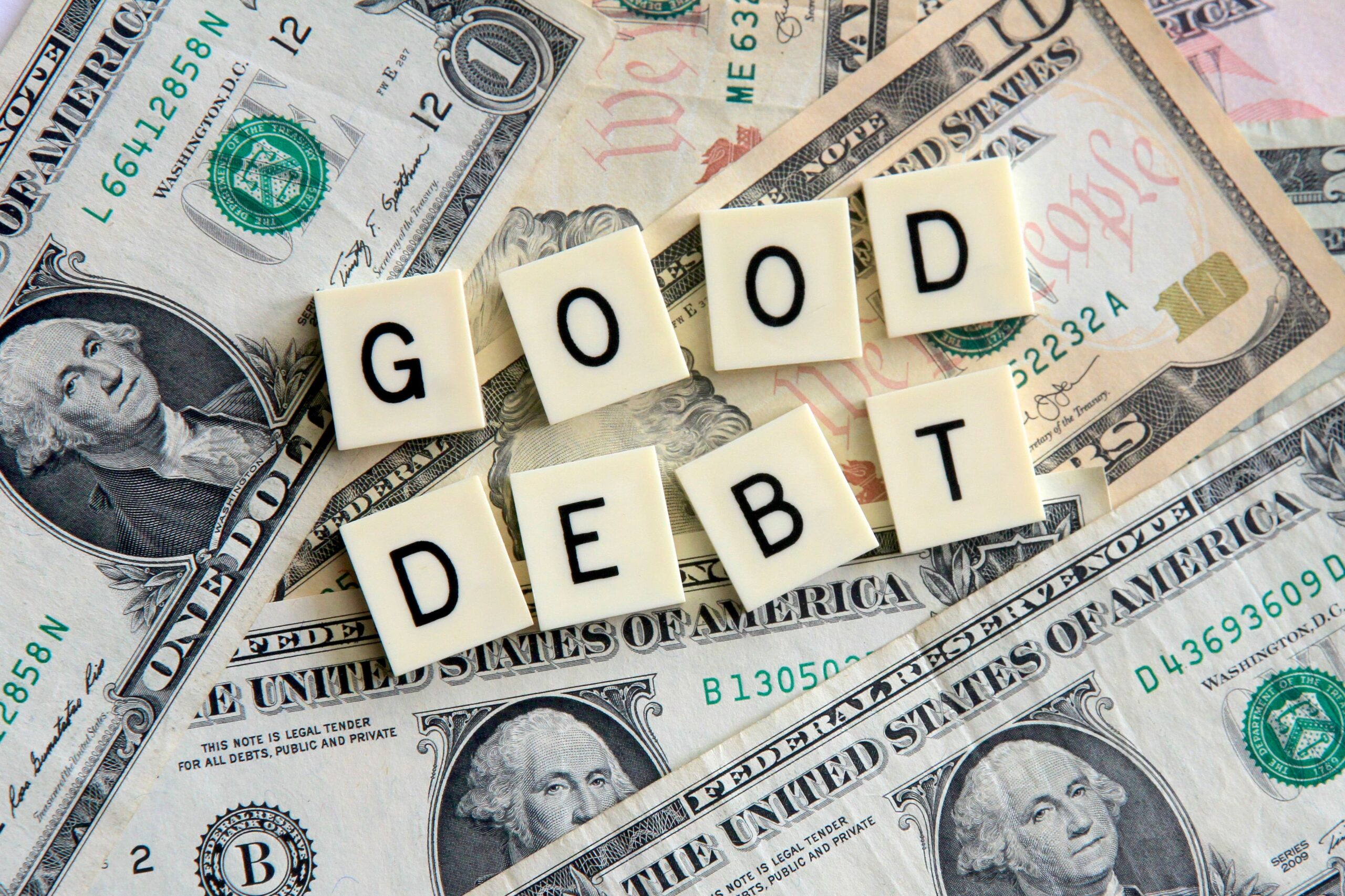
Most of us have never been taught the secrets of building wealth or how to leverage good debt to do it. It is not a difficult process, you just need the know-how, which is why I’ve dedicated my career to helping people expand their financial knowledge. One of the key points I share for growing wealth is how to use good debt to expand your wealth-building opportunities.
To get started, let’s look at the difference between good and bad debt, then move on to the ways you can make good debt work for you.
What is good debt?
Good debt helps accelerate your wealth. It is debt that can be paid back responsibly and is used to purchase an asset or investment that will increase in value and give you an extra stream of income that surpasses the interest you will have to pay on the debt.
Examples of good debt are:
- Mortgages on investment properties
- Small business loans
- Low-interest lines of credit (with the money being used to buy, build or purchase an asset)
As a side note, some people consider their mortgage as good debt, but I do not see it quite the same way. While owning your own home is a great thing, it’s important to remember that good debt provides you with an extra income stream, which is money coming in. A mortgage payment, on the other hand, is money going out. Yes, your house may appreciate over time, but it is not a guaranteed investment.
It is good to own your own home, rather than paying someone else’s mortgage, but it doesn’t fit into the strict definition of good debt that helps you grow your wealth.
What is bad debt?
Bad debts are used to purchase personal items or luxuries that do not provide an income stream.
Examples of bad debt are:
- Credit cards Payday loans
- Auto loans (most cars are depreciating assets)
Unfortunately, many of these debts come with high interest rates and also have high minimum payments required each month. This directly affects the amount of money available at the end of the month to pay down your debt or build wealth.
Paying down and getting rid of bad debt is a must, so you can free more of your money for smart investing and growing wealth.
>>CLICK HERE IF YOU NEED TIPS TO NAVIGATE DEBT<<
How do you make good debt work for you?
When it comes to putting good debt to work for you, start first with defining your vision of the future and the kind of lifestyle you want. You must know what you are working toward, so you can stay focused on the things that are important to you.
Next, consider the types of income-generating assets that appeal to you. Some to consider are:
- Real estate rental properties
- REITs (real estate investment trusts)
- Small businesses
- Paper Assets (stocks, bonds, mutual funds)
- Intellectual property
- Commodities
It is imperative to know your numbers so you make the best decision for your financial future. Find an advisor who can help guide you in learning how to look at the numbers.

BONUS TIP
You are your best asset, which is why investing in yourself is ALWAYS a good investment. Whether it is in personal or professional development, expanding your knowledge base or improving your financial literacy, investing in yourself will open a world of opportunity and pay you dividends in the years to come.
If you would like more financial tools and ongoing insights on money management, I invite you to join me for Let’s Talk Money. It is a live online monthly Money Mentorship session where I help you understand what is happening in the financial world, how I am using that information to make my personal financial decisions, and where I see the biggest opportunities for investors.
